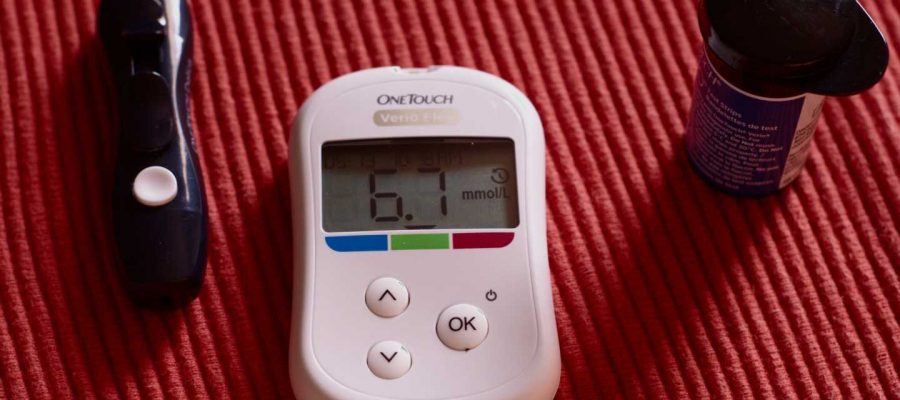
Both telemedicine and community screening for diabetic retinopathy (DR) in rural and urban settings are cost-effective in China, and telemedicine screening programs are more cost-effective, according to a study led by a group of ophthalmologists and economists.
The results were published in Health Data Science.
Diabetic retinopathy (DR) may affect 116 million people with diabetes mellitus (DM) in China, a country with an immense DM disease burden. Although regular screening and timely treatment are essential to prevent onset/progress of DR and reduce the economic burden from the vision-threatening complications, two-thirds of DM patients have not received frequent screening in China. Furthermore, with a higher prevalence of DR, patients’ awareness of DR in rural areas is lower than in urban areas in China.
“Diabetic retinopathy (DR) has been primarily indicated to cause vision impairment and blindness,” says Hanruo Liu, associate professor with Beijing Institute of Ophthalmology, Beijing Tongren Hospital. “However, no studies have focused on the cost-utility of telemedicine- based and community screening programs for DR in diabetes mellitus patients in China, especially in rural and urban areas, respectively.”
“To fill the identified gaps, we developed a Markov model to calculate the cost-utility of screening programs for DR in diabetes mellitus patients in rural and urban settings from the societal perspective,” says Liu. She explains how the study addressed the disparity of disease burden in the country. “Our study is the first to analyze the cost-utility of telemedicine compared with community screening programs for DR in diabetes mellitus patients under rural and urban settings in China using a Markov model, from the societal perspective.”
The study reveals that both community and telemedicine screening are highly cost-effective in all areas, whether rural or urban. For example, in rural settings, one QALY (quality-adjusted life year) was gained through community and telemedicine screening at the cost of $4,179 and $2,323. Likewise, per QALY gained in rural areas, community screening took $3,812, and telemedicine screening cost $2,437.
“The results suggest that both telemedicine and community screening for DR in rural and urban settings were cost-effective. It is more economically reasonable to adopt telemedicine screening programs at the national primary care level,” Liu says as she explains the key finding from the study.
When describing how screening interval affects cost and wellbeing, Liu says, “We also derived screening every two years by telemedicine in diabetes mellitus patients was the best type of screening and interval combination both in rural and urban settings.”
Regardless of the strategies and settings in this analysis, the screening programs remained beneficial and cost-effective: within one per capita GDP. “In the existing studies, telemedicine screening programs for DR have been proven cost-effective, although most studies were conducted in high-income nations. Therefore, our results are more likely applicable under settings with low labor costs and a high prevalence of DR with low opportunistic detection rates, such as low-income and middle-income nations,” says Liu.
“In the future, the use of validated automated grading software based on artificial intelligence (AI) will improve the cost-utility and cost-effectiveness of screening. Moreover, with the development of technology for telecommunication, cloud storage, miniaturization of equipment and application of AI to the automatic interpretation of retinal images, there may be further optimization in productivity, quality assurance, and sustainability.” Liu shares her insight on how their study is relevant to the dearth of skilled retinal specialists and image graders.
Source: Read Full Article
